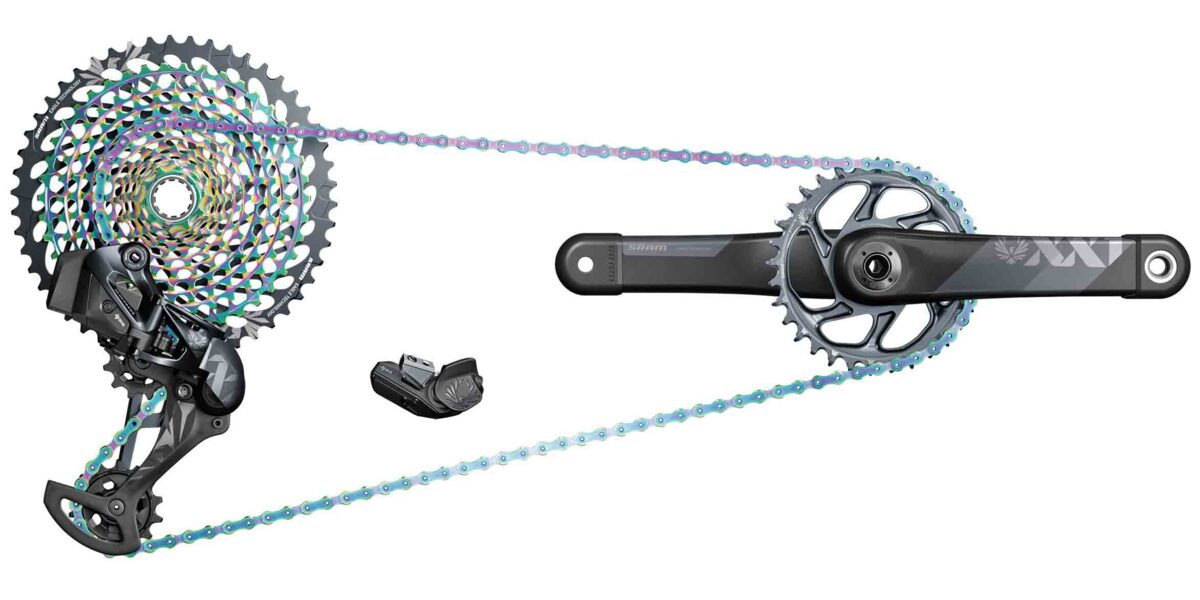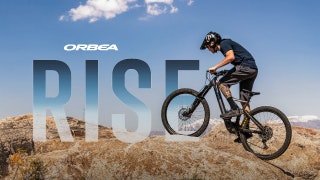Featured Brands
Recommended Products
WINTER20
Get free shipping, on most items, with your $50 purchase today! Same day shipping on most orders if placed by 3pm PST.
PLEASE NOTE:
This offer is only available to physical shipping addresses in the 48 continental United States (no PO Boxes), and some exclusions apply.
Oversize Charges
Some large and/or heavy items are subject to additional oversize charges that are separate from standard shipping costs.
Bike Build Process
All bikes are built, tested, tuned, and ready to ride upon shipment. The bike build process typically takes 2-3 days to complete depending on the bike model and the complexity of the build.
Stock Status
Orders for in-stock items placed by 3PM PST usually ship on the same day. Orders that include special-order or backordered items may be subject to shipping delays depending on product availability. Refer to estimated delivery times in cart when selecting shipping options.

Our Gear Advisors are Ready to Help.
FREE SHIPPING over $50*

A drivetrain is what gives your mountain bike the ability to transfer the power from your legs and covert it to forward momentum. The drivetrain is made up of multiple components and requires all its individual pieces to be in working in unison. In this article, we explain what the drivetrain on your bike is and how it works, how to maintain it, how to pick a drivetrain for your mountain bike, and what brands make the best drivetrain components.
Once you have a better understanding of mountain bike drivetrains and what type of drivetrain is best for you and your bike, head into JensonUSA and checkout our huge selection of mountain bike drivetrain components.
In this article, we’ll teach you about:
A mountain bike drivetrain is made up of multiple components that work together to make the bike shift gears and provide power to your wheels. Everything from your gears themselves to the shifters and chain are considered part of the drivetrain and without one of them the whole system fails.

A 1X drivetrain has one chainring, no front derailleur, and is usually paired with a wide range cassette in the rear. Most modern mountain bikes, and usually all newer ones, will have a 1X drivetrain due the advancements in gearing technology of cassettes; making the need to have additional gears up front at the chainrings obsolete. 1X drivetrains are simpler to use and save a lot of weight compared to 2x drivetrains due to the absence of a front derailleur, shifter and extra chainrings.
2X drivetrains have a second chainring, a front derailleur, and a second shifter at the handlebars. Having two chainrings allows the rider to have a wider gear range than having just one chainring. 2X drivetrains typically are heavier and not as simple to use than 1X drivetrains, but are more efficient. 2X drivetrains have more gears than 1X drivetrains because the addition of the second chainring essentially doubles the amount of gears you have. A 1X drivetrain with a twelve-speed cassette will have twelve gears, while a 2X drivetrain with a ten-speed cassette has 20 gears.
There are pros and cons of both 1X and 2X drivetrains. Factors such as the availability of the components, the simplicity of operating the drivetrain, the gear range you are looking for, and the overall weight of your drivetrain all play a huge factor is determining which type of drivetrain is best for you. Here we briefly break down the pros and cons of 1X and 2X drivetrains.
| 1X drivetrain | 2X drivetrain | |
| Availability | Newer, more popular | Older, not as popular |
| Simplicity | Simpler | More complicated |
| Gear range | Less | More |
| Weight | Lighter | Heavier |
Properly maintaining your drivetrain will help it last longer, perform better, and shift smoother. In this section, we will go over how to clean and maintain your drivetrain, general information on the longevity of drivetrain components and how and when to replace drivetrain components.
There are many methods to cleaning a bike's drivetrain. Whether you are looking to have a cassette and chainring you can eat off of, or do just enough to restore proper performance, there are numerous methods out there.
We recommend having a consistent cleaning routine to ensure gunk doesn’t build up. If you have a regular routine, you can get away with a five-minute cleaning before every other ride or so. This doesnt have to be much, just wipe away all the old lube, grit, and mud, reapply new lube, and wipe again.
Check out our How To Clean a Bike Chain article in our blog for more information and tips to getting a clean drivetrain.
How long your drivetrain will last is based on a few factors. How well you maintain your drivetrain, replacing your chain when it becomes stretched, shifting properly, and how often you ride will all effect the performance and longevity of your drivetrain.
A few tips to keeping your drivetrain in proper working order and extending the lifetime of your drivetrain are:
If you are unsure if your chain or cassette are worn, there are three signs to tell if your drivetrain is worn out and you should replace it.
How much it costs to replace the drivetrain on your mountain bike depends on what level of components you are replacing the existing ones with. There are many drivetrain groupsets that range from entry-level to high-end and the price and performance will vary greatly depending on the level of components you are looking for. Also, the price goes up with th amount of gears you are looking to get, so twelve-speed drivetrains are more expensive than eight-speed drivetrains. Lastly, if you dont have the tools and know-how to replace the drivetrain components yourself, then you are going to need to take your bike to your local bike shop and have them install your new drivetrain for you, which means you will have to pay for labor as well.
The good thing about most drivetrain components are that they are compatible with other drivetrain components of different tiers from the same manufacturer. For example, SRAM's GX Eagle derailluer can be paired with SRAMs X01 Eagle cassette and XX1 chain. Many other brands do this and this means you can mix and match drivetrain components from the same manufacturer as long as they are compatible with each other to help save money on some parts, while upgrading a few specific parts.
There are certain steps you should follow when replacing your drivetrain to ensure it all goes smoothly.
The best mountain bike drivetrains will cost significantly more than some of your base line drivetrains, but with the added cost comes enhanced performance, reliability and style. The best drivetrains on the market are lightweight, have superior shifting, and are built with top-quality materials.
The best drivetrain components JensonUSA carries are SRAM's XX1 Eagle and Shimano's XTR range. These groupsets are top-dollar, but you get what you pay for. SRAM also offers a wireless verison of some of their best-selling drivetrains, known as AXS, which offers unbeatbale performance, and buttery-smooth, electronic shifting.
When shopping for a new drivetrain for your mountain bike you should consider these four factors.
Most newer cassettes will have 10-12 speeds. Having more gears provides you with more range to find the perfect gear for the terrain you are riding. However, you can get away just fine with having a lower-end, 8-speed drivetrain, you will just have less range between gears and a harder climbing gear.
A gear ratio is essentially the measure of how powerful each gear is based on the number of teeth on the chainring and the number of teeth on each cog. You calculate the gear ratio for each gear, and from there can tell the spread between gears. To find your gear ratio you divide the number of teeth on the chainring by the number of teeth on the cog and repeat for each gear. This is helpful when experimenting with different chainring sizes and gearing options.
A gear range is the measure of the cassette from its lowest gear to its highest. You take the number of teeth of the largest gear and divide it by the number of teeth on your smallest gear. For example, a SRAM's GX Eagle drivetrain has a gear range of 520% because it has a top end gear of 10 teeth and a lowest gear of 52 teeth, 52/10= 5.2 = 520%.
Higher end drivetrains, such as SRAM's XX1 Eagle drivetrain are some of the best money can buy. Not only do they look sweet, but they are made with lightweight and durable materials and utilize the best mountain biking technology has to offer. With that being said, drivetrains wear out and SRAM's XX1 Eagle drivetrain doesn't offer that much of an advantage over something like SRAM's GX Eagle.
Having more gears coincides with having a larger top end gear for climbing. The more teeth in a specific cog, the easier it will be to pedal up a hill. Not only will you have a larger first gear but you will have more gear range and a better chance of having the perfect gear for any given riding scenario.
SHOP NOW
SHIP ALMOST ANYTHING & SAVE
SHOP NOW
SHOP NOW
SHOP NOW





Follow Jensonusa